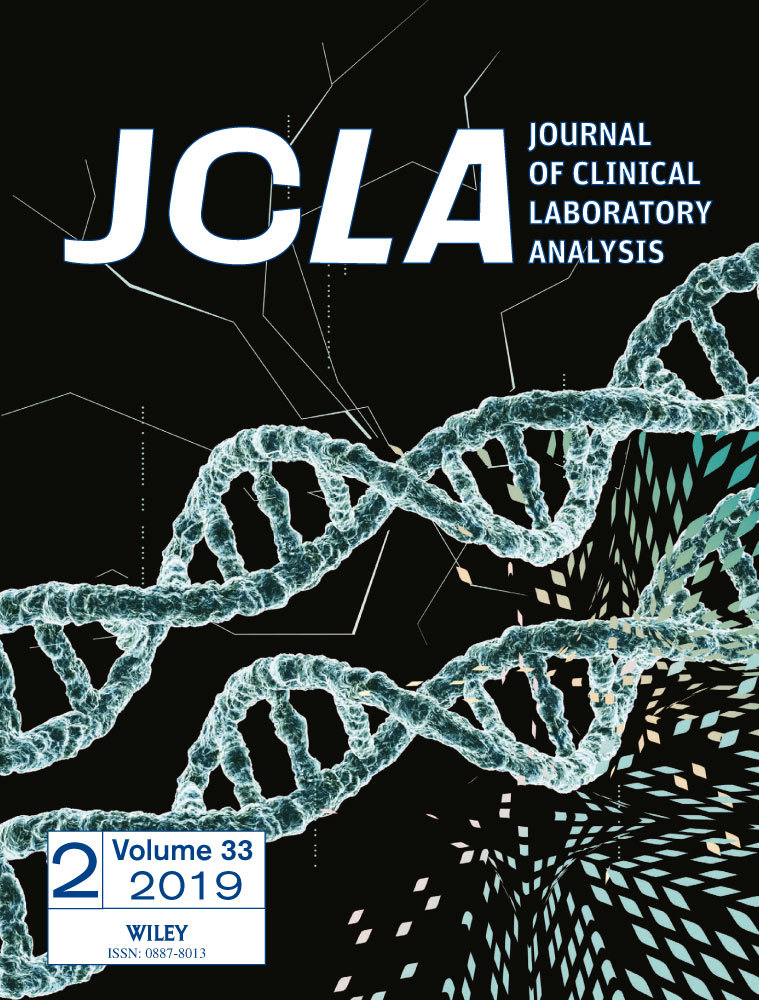Can lactate levels be used as a marker of patent ductus arteriosus in preterm babies?
Abstract
Objective
Serum lactate levels provide information on metabolic capacity at the cellular level. In addition, lactate reflects tissue perfusion and oxygenation status. The aim of this study was to determine the usefulness of high lactate levels as a marker in hemodynamically significant patent ductus arteriosus (hsPDA), which may lead to tissue perfusion defects.
Methods
Preterm infants with gestational age ≤32 weeks and birthweight ≤1500 g were included. Lactate levels were determined at postnatal 48-72 hours before echocardiographic evaluation. Eligible infants were divided into two groups as infants with and without hsPDA. Cut-off values for lactate were taken as lactate >4 mmol/L, identified as a high lactate level. Infants were also divided into two groups according to lactate levels as group I: lactate levels >4 mmol/L and group II: lactate levels ≤4 mmol/L. Haemodynamic PDA and lactate levels were compared.
Results
A total of 119 patients with gestational age ≤32 weeks and birthweight ≤1500 g were included in the study. Fifty patients had echocardiographic hsPDA and 69 patients had no PDA. Twelve (24%) of the patients with hsPDA and 22 (31.9%) of the non-hsPDA patients had a lactate level of 4 mmol/L (P = 0.392). There was no correlation between hsPDA presence and lactate levels (P = 0.35).
Conclusion
High lactate levels are multifactorial and usually indicate impairment of tissue perfusion. There are a number of factors that can lead to impaired tissue perfusion in preterm infants. For the first time in this study, it was shown that lactate levels did not significantly increase in the presence of hemodynamically significant PDA. This may be due to the fact that peripheral tissue perfusion in the presence of hemodynamic PDA does not deteriorate enough to cause an increase in anaerobic metabolism.




